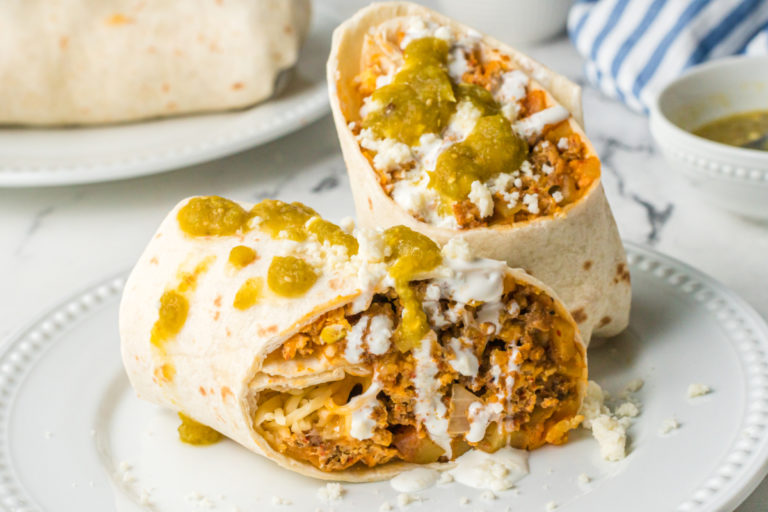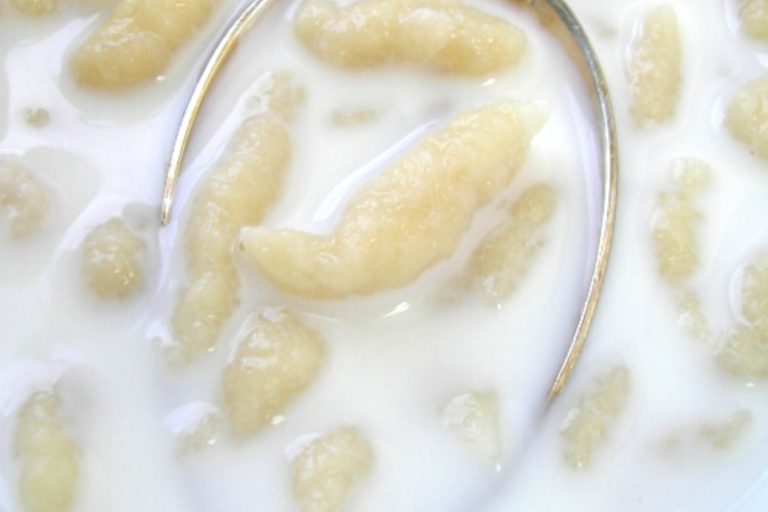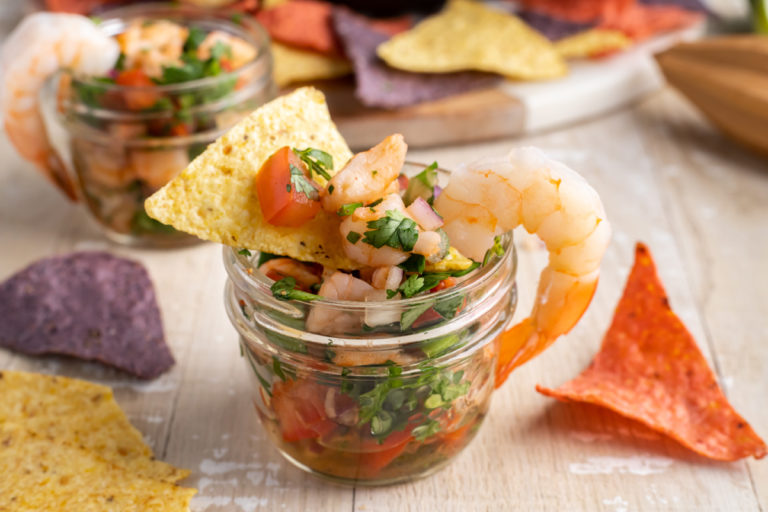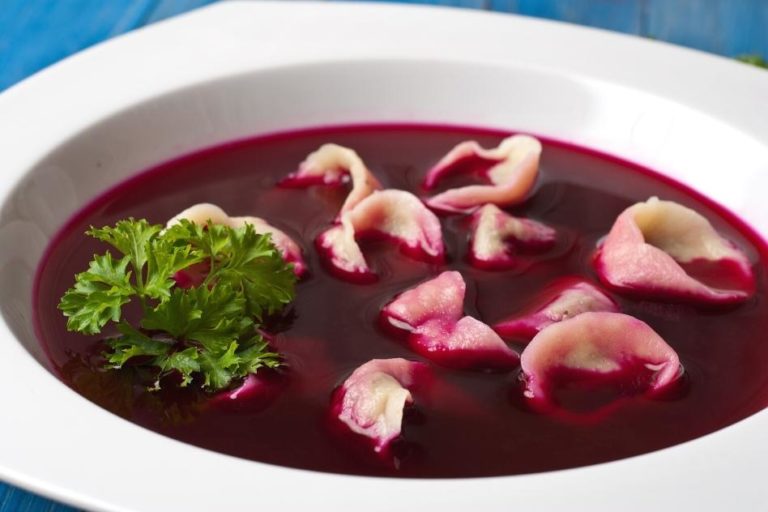Must-Eat Mexican Cheese + Substitutes
When the Spanish conquered the New World, they not only influenced the culture of these Latin American countries but also their food. Whereas the Latin American countries introduced European nations to chocolate, tobacco, sugar, and potatoes; the Spanish took barley, wheat, horses, pigs, and dairy animals to the Americas.
Dairy animals of course led to the introduction of milk, cheese, and butter to the Latin American diet. And Mexico embraced the ‘queso’ and ‘queso making’ to create their own Mexican cheese.
Mexican cheese is usually made from cow’s milk, while a few are made from goat’s milk. Some are fresh and cream, some are aged and firm, but they’re always tasty!
Here are some of the best Mexican cheeses to try in Mexico!
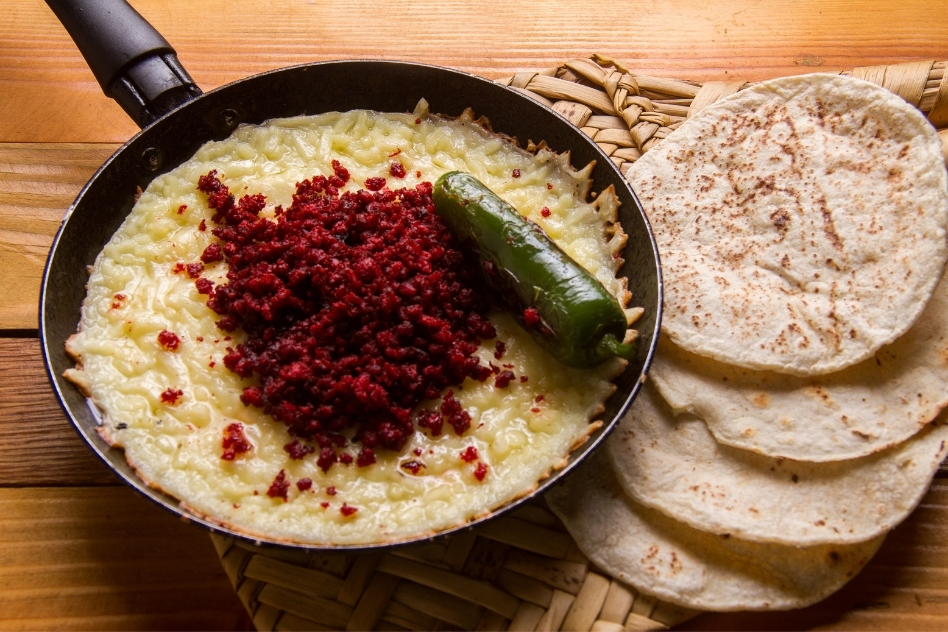
Fresh Cheeses
Crema
This creamy topping is great on everything from tlayudas to nachos. Not quite a cheese, but necessary in any list of Mexican dairy products.
It’s similar to sour cream, but not as sour. So it can actually be eaten on it’s own too! But it’s most often mixed with spices or used as a topping.
Substitute: Sour cream or crème fraiche or make your own crema!
Panela
Queso panela is also known as “queso de canasta” because it retains an imprint from the basket it’s made in. A derivative of Greek basket cheese, it’s also known as queso de la canasta, and similar to the popular Indian cottage cheese called paneer.
Panela tastes great sprinkled over tacos, enchiladas, or nachos.
Substitute: ricotta
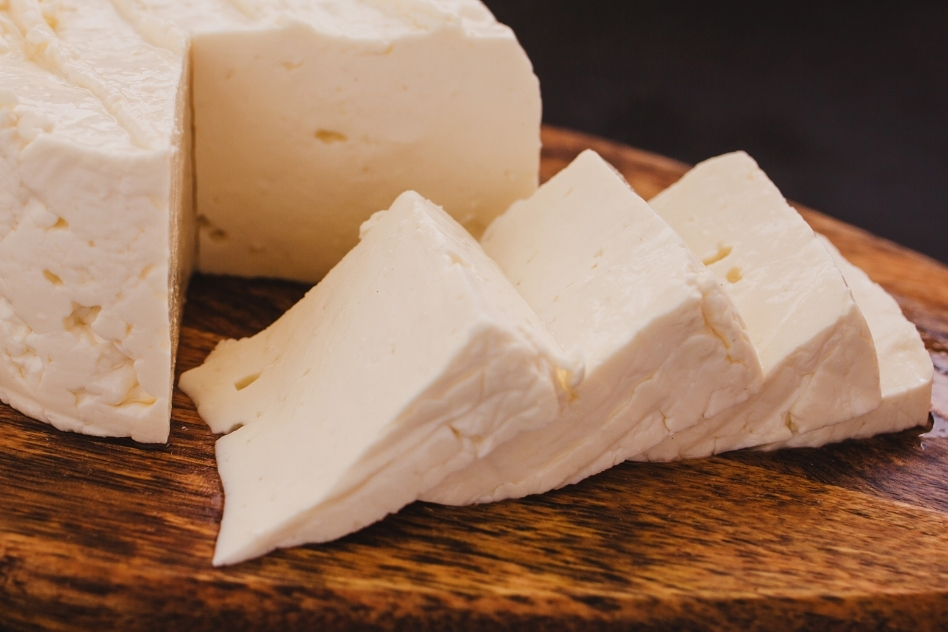
Queso Blanco
Queso blanco is a soft, meltable cheese that is mainly identified by its white color. It is made differently in different regions of Mexico.
Smaller cheese artisans will use lime juice to coagulate the cheese giving it a crisp citrus flavor, but most large producers use rennet.
Substitute: Monterrey jack/ mozzarella mix
Queso Fresco
This mild soft cheese can be crumbled over just about any Mexican dish to add a little more flavor. It’s often considered very similar to queso blanco because of the way it’s made. But while queso blanco is made with acids, queso fresco is made with rennet.
However, home producers might skip the rennet, and just use acids like lime or vinegar. So then the Queso Fresco becomes interchangeable with the Queso Blanco. How’s that for food for thought?
Cotija is a type of queso fresco, but it’s more flavorsome.
Substitute: mild feta, cotija
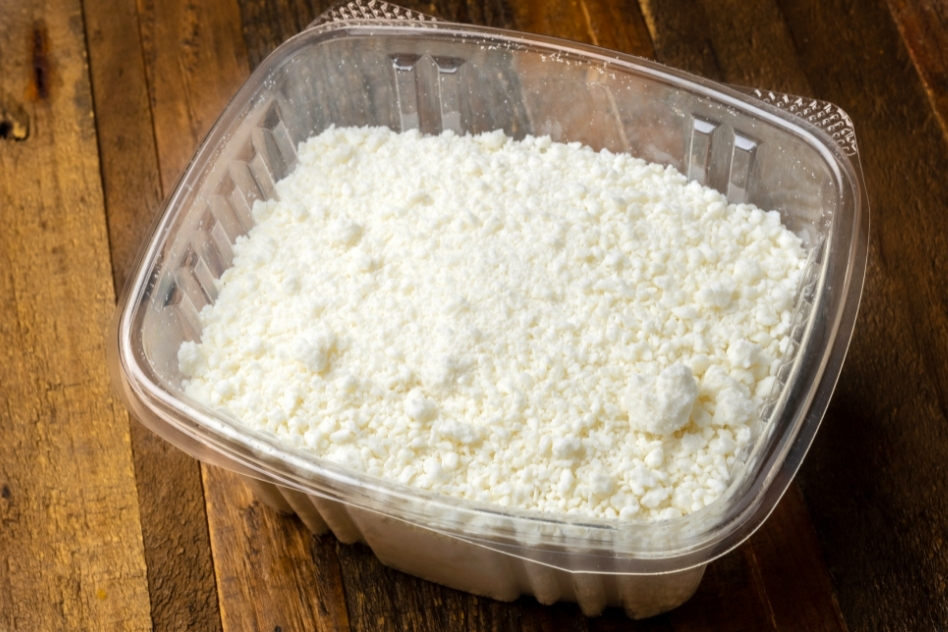
Requeson
This ricotta-like cheese is used for fillings for enchiladas or cheese dips and spreads. Sometimes creamy and sometimes grainy, the Eequeson is mild in texture, and also used in sweetbreads and desserts.
If you’re health-conscious, this low-fat cheese is the perfect addition to your salads, pasta, or other dishes.
Substitute: ricotta
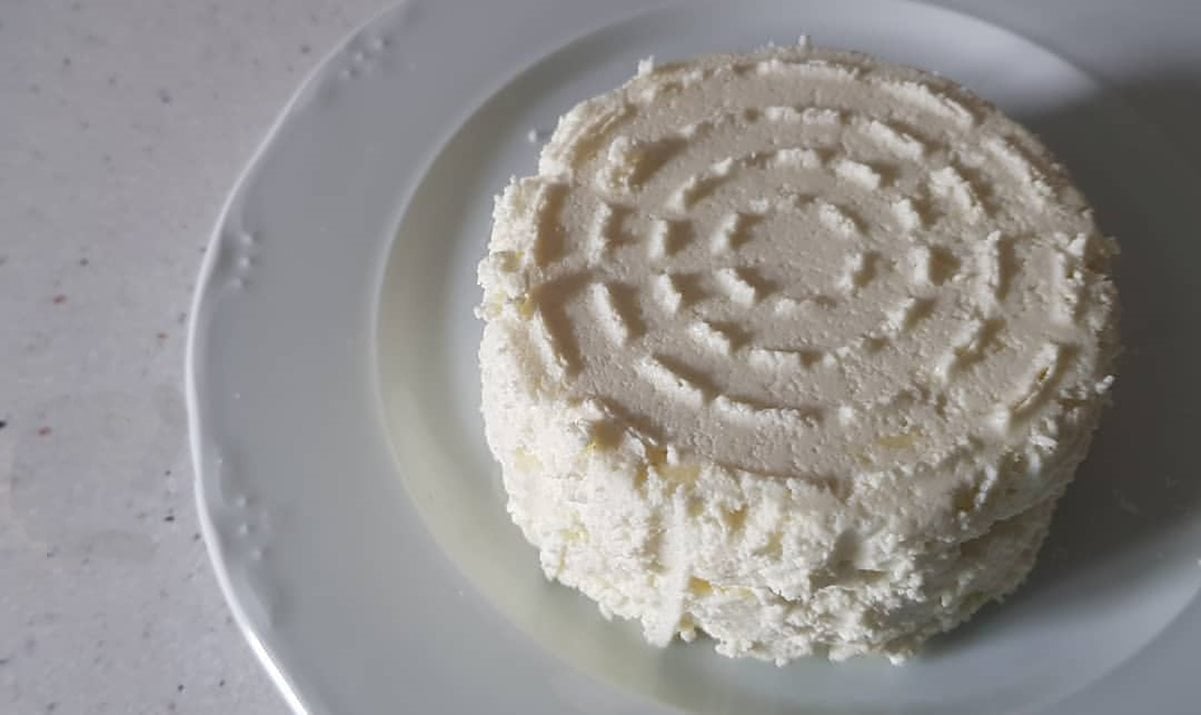
Soft and Semi-Soft Cheeses
Queso Anejo
The anejo cheese is an aged version of queso fresco, and the word ‘anejo’ actually means “aged”.
Anejo can be grated or crumbled over just about any Mexican dish for a stronger flavor than queso fresco or even stirred into guacamole.
Substitute: Romano
Asadero (Queso Quesadilla)
Originating in the Mexican state of Sinaloa, this almost elastic cheese is called queso quesadilla because of its common usage in quesadillas.
Queso Quesadilla melts easily and has a mild flavor which is why it is used for Mexican fondue or chile con queso.
Substitute: Fontina or Monterrey Jack
Queso Chihuahua
The Chihuahua cheese is a great melting cheese used in Mexican fondue as well as in the fried cheese dish, queso frito. It is commonly sold in the United States, but it can be substituted for in a pinch.
Chihuahua cheese is also called Queso Menonita after the Menonite Christians who settled in Mexico in the 1920s and started producing it.
The cheese has nothing to do with the Chihuahua breed of dogs!
Substitute: Medium muenster, mild cheddar, or medium jack
Queso Oaxaca (Quesillo)
Quesillo is the most popular cheese for making quesadillas and especially the Oaxacan tlayuda, a toasted tortilla.
It’s also called Queso Oaxaca since it originates in the State of Oaxaca. A soft stringy cheese, the Quesillo is kneaded and wound into balls in a similar fashion to mozzarella.
The Quesillo is often confused with the Asadero or Queso Quesadilla from Sinaloa, but it’s a lot more moist than the Northern Mexican Asadero cheese.
Substitute: mozzarella or string cheese

Firm and Semi-Firm Cheeses
Cotija
This is a sharp, aged goat’s milk cheese similar to Pecorino Romano and saltier than traditional cheese. Originating from the Michoacan town of Cotija, the cheese is only available during the rainy season because the cows are only fed on rich mountain grass.
“The Parmesan of Mexico”, El Queso Cotija de Montana is usually grated over beans or salads.
Substitute: Pecorino Romano or Parmesan
Queso Enchilado
Queso fresco is rolled in paprika right after it’s made and then given time to age. This gives it an extra sharp, spicy, and salty flavor, a red or orange shell, and you’ll often find it referred to as ‘queso anejo enchilado’.
The name translates to “flavored with chili” as it’s simply an anejo cheese aged with paprika or a mild chili powder. Typically served as a snack with a michelada or tequila.
Substitute: strong feta
Manchego
This cheese has a mild, slightly nutty flavor. Originally from La Mancha region of Spain where it was made with goat’s milk, the Queso Tipo Manchego is made with cow’s milk.
Manchego can be served with fruit or used on sandwiches like pambazos or cemitas.
Substitute: Monterrey Jack

Queso Chiapas
Queso Chiapas is an aged crumbly cheese from the southern state of Chiapas that borders Guatemala. This artisanal cheese is made by dairy farmers in rural parts of Chiapas.
Depending on the producer, this cheese can have a slightly “sour” taste and the creamy texture resembles goat cheese.
Queso Chiapas is typically served over beans or salads.
Substitute: strong feta and a little lime
Queso Criollo
This yellow Mexican cheese is very similar to Muenster. Originating in the region around Taxco, Guerrero, raw milk is used to make the cheese.
Salty and mild in flavor, it can be grated on tostadas or tortillas, or melted into most Mexican dishes.
Substitute: Muenster



